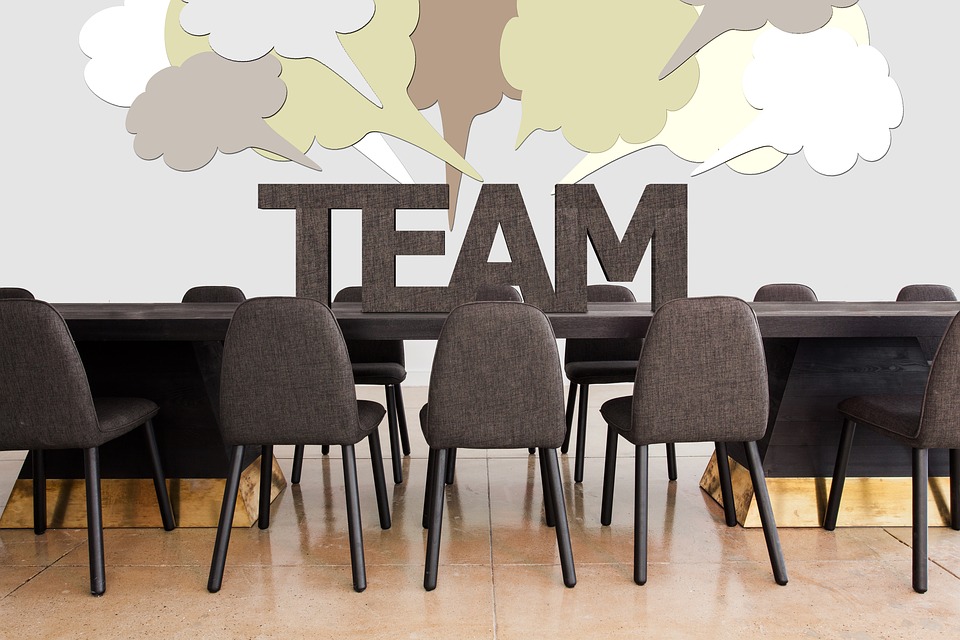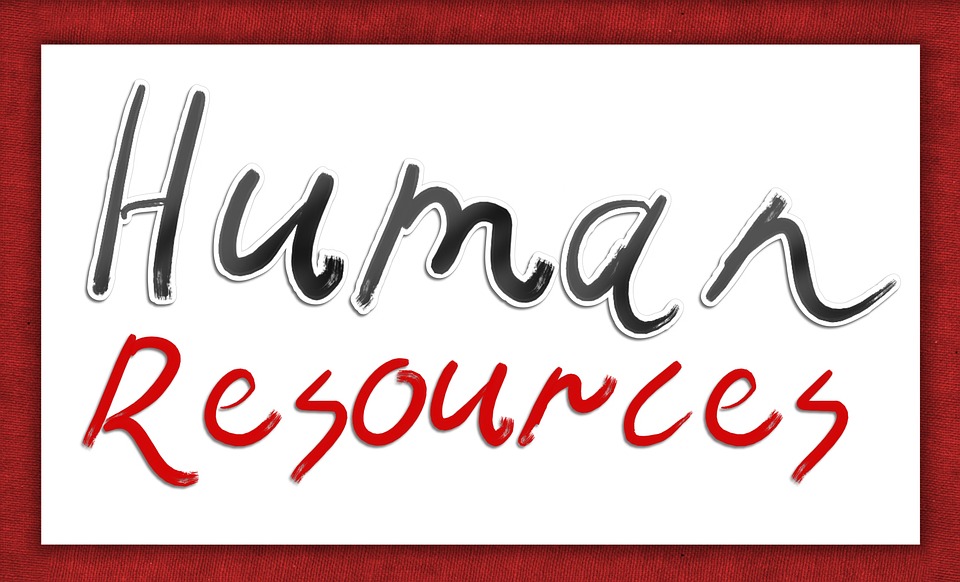Working together as a team leads to better results for the department and the organisation as a whole. It is not always easy to do because everyone has their assigned roles and come from all different walks of life. But for progressive companies that truly understand the value that effective teamwork has on groups working towards common goals, participating in organised team building events makes a lot of sense to let a team gel together better.

Let’s look at the different ways that team building improves the workplace.
Getting More Familiar with the People in Your Team
The team building experts from Team Tactics will happily tell you that their two decades of experience proves conclusively that organisations work better together after a team building event than before it. One of the reasons for this is because while we may work with other people, we don’t necessarily pick our co-workers, view their CV or know their background. Other than what blend of coffee they like in the morning, we really don’t know much about what makes them tick. And if they’re private people, then we probably don’t know much, if anything, about their private life outside the office either.
When working together completely out of your comfort zone, you’re more likely to rely on each other. It breaks the ice and barriers because you have to communicate at a basic level to deal with whatever hazard, obstacle or team puzzle is presented at a team building event. Outside of their set job roles, you get to see what they’re made of, and it can be quite revealing.
Shared Visceral Experiences Bring People Closer
Dealing with an emotionally charged situation is one that sticks in the head for longer because it creates a more enduring memory. This is why it’s quite common to hear people talking about buying experiences and not material things because the heightened emotional state during their experience (think bungee jumping, white water rafting or rock climbing) stays with them.
It depends on what group event you participate in, but the more involving and different from the everyday experiences for employees, the greater impact it’s likely to have. Staff return to the office the next day with shared stories to tell. Even after the memories of the day have gone, just having been involved together is likely to have enhanced levels of communication and openness which helps in the office and across traditional departmental fiefdoms too.
Gets Rid of a Pervasive ‘Them & Us’ Attitude
Whether the management is quite distant from the rest of the staff or different departments tend to battle for territory, control and influence making cross-departmental communication lines blocked much of the time, the ‘Them & Us’ attitude is problematic for companies. One way to address it is a team building event that either mixes junior and senior managers with their team or puts people from all over the office building together to intentionally break down the barriers and departmental stigma.
It’s worth pointing out that if the goal is to enhance communication across the company, then the business will need to run several team building exercises to match enough people together to have the desired effect; the events need to be in quick succession too or the positive effects will diminish between team building sessions.
The main thing with team building is that companies must be serious about it. It cannot be an occasional thing that’s almost an afterthought. If the whole office goes out to a bowling night, then people will naturally gravitate to the same group of work colleagues that they usually hang out with and nothing will change. Just “wanting our teams to communicate better” isn’t working with enough clarity. Events must be set up very intentionally to achieve the desired results.




